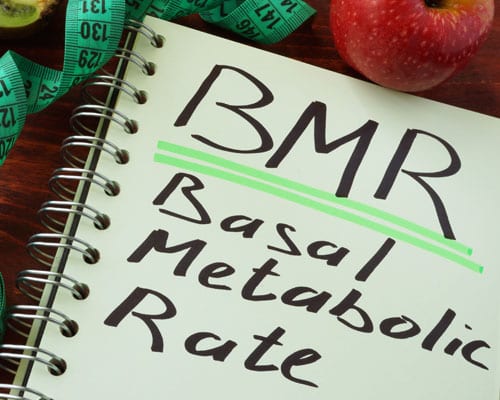
Start slowly
Every journey begins with a single step. Setting realistic goals is the key to enjoying success.





Breathe!
Bean HIIT sessions work major muscle groups that will in turn allow you to burn a lot of calories. But these muscle groups need help to maintain performance, so get those breaths in!





Hydration, Hydration, Hydration
The better hydrated you are, the better your performance and ability to burn fat.





There are many different views on how we should approach a weight-loss plan. Whilst most would agree the key is achieve a calorific deficit, there is debate on what’s the best way to reach this target. Some may favour an increase in activity through cardio and therefore burn there way to a calorific deficit, this has its drawbacks which I’ll go into in a moment. Other health professionals (and so-called ‘health’ companies) would state that diet is the key and simply reducing our daily calorie intake will reap the results over time.
It is not rocket science that both reducing calories and increasing activity through cardio will lead to weight loss if a calorie deficit is achieved. But, in my personal opinion, strength training is the key ingredient to long-term weight loss that is often overlooked. By following a dedicated strength regime we can increase our lean muscle mass and boost our BMR (basal metabolic rate). The amount of energy expended whilst at rest, before we add the calories used by daily movement, exercise etc.
How Does Strength Training Aid Weight Loss?
Strength training will increase our percentage of lean tissue (muscle mass). As muscle requires a higher number of calories then fat, our BMR goes up. The best analogy I can use to explain how it’s so effective for long-term weight loss is this: Imagine our body is a car with a 1.0 litre engine and the fuel we put into it is our calories. If we had to use up the fuel every day (just like we need to use up our calories every day) we may have to travel hundreds of miles. If however, we swapped the engine for a 2.0 litre one instead, the distance we have to travel to burn the same amount of fuel is drastically reduced.
Easy right? Well yes and no, the theory is sound but the reality is that we often lose patience with the process in favour of more ‘quick-fix’ solutions such as crash dieting or hammering the cardio. The long-term impact of these two methods can be disastrous. Reason being is they do nothing for your BMR and can in fact lower it over time in some cases.
Whilst cardio is great for our respiratory system and heart health. If this all we’re doing and especially if it’s over a long duration there is an extremely strong possibility it will be stripping our body of valuable muscle and therefore reducing our BMR. If this is coming as a bit of a shock, take the different types of runners for example. If we think of the physical make-up of a 100m sprinter compared with a 10,000 metre runner. I can guarantee that if you put two runners of equal height next to each other, the sprinter would have a higher BMR. This is purely down to amount of muscle mass they will be carrying. Using the car analogy again, it’s like comparing a meaty V8 with a 1.0 eco engine.
To Lift Heavy or Not
So do we need to be lifting heavy? No, we don’t. All we need to do is provide enough stimulus that our body is challenged and therefore has to adapt. For example, someone who is new to exercise and makes the excellent decision to try the Bean Lite programme may notice they ache for days after completing some body-weight squats. They have achieved enough stimulus to force the body to adapt. Over time they will need to increase the stimulus, either by increasing the load (more weight), frequency (more often), reps (number of repetitions completed) to name but three. As long as we provide adequate stimulus, our body will respond to it.


Conclusion
I find it can be extremely powerful to try and shift the focus from ‘losing’ weight to ‘gaining’ muscle. Its not easy, but then again if it’s worth something it was never going to be easy! Avoid the quick fix like the plague, it didn’t work last time and it won’t work this time either. Embrace the challenge of getting stronger, dedicate your time to mastering the movements and find satisfaction in knowing you’ll be better for it. The fat loss will come, trust in the process & build that V8. Leave the 1.0 litre eco engine on the driveway.




